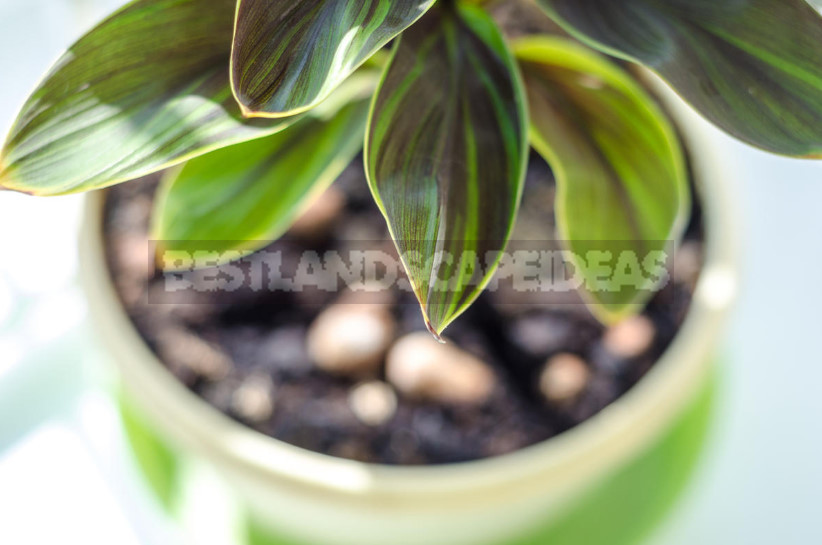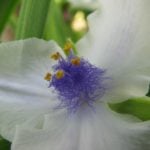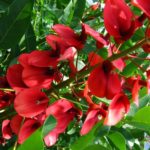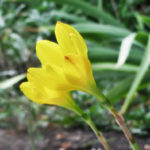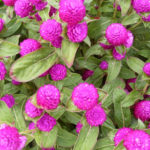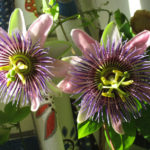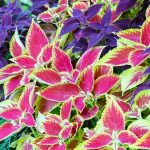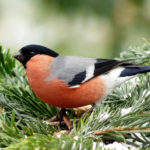Summer residents-people compassionate. We want every plant and try to preserve, cure, help him escape from the sticky clutches of diseases and ailments. Our green wards do not know how to speak words, like little children, because you need the help of a specialist or minimal knowledge to understand the signals of their Pets.
How can plants “speak”? Almost the language of flowers, only a love theme in it. Rather, it is a dialect of changing the color of colors and shapes. Sorry, but the capabilities of the plants in this region small…
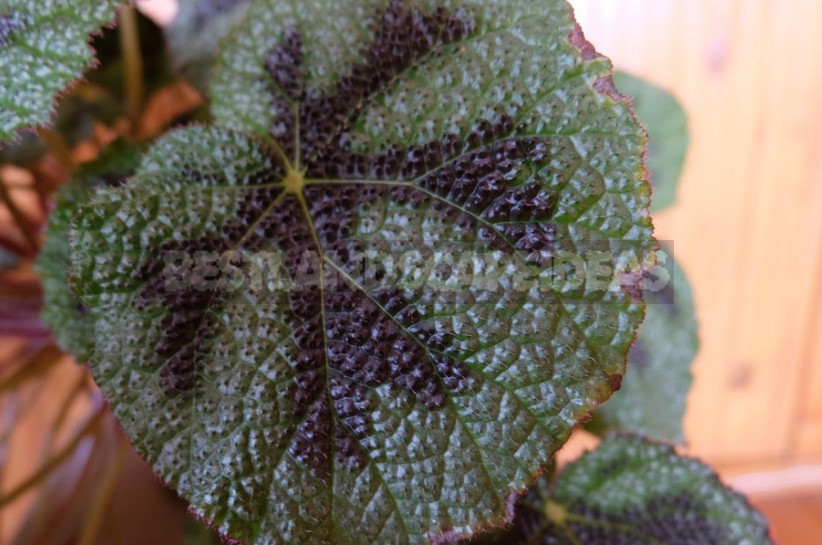
We determine the causes of problems by external signs
On the website summer residents often ask questions about problems with houseplants. We will determine the reasons in the form of a quiz: question and answer.
- Why do old leaves turn yellow?
If this happens in winter or autumn, the plant is poorly (not enough) lit, or too hot in the room where it is, especially depressing this “weather” at night. In other seasons yellow leaves are a sign of nitrogen starvation or lack of macronutrients (calcium, phosphorus, potassium, sulfur, magnesium).
- Why do the leaves turn yellow and fall off?
This can happen for a natural age-related causes.
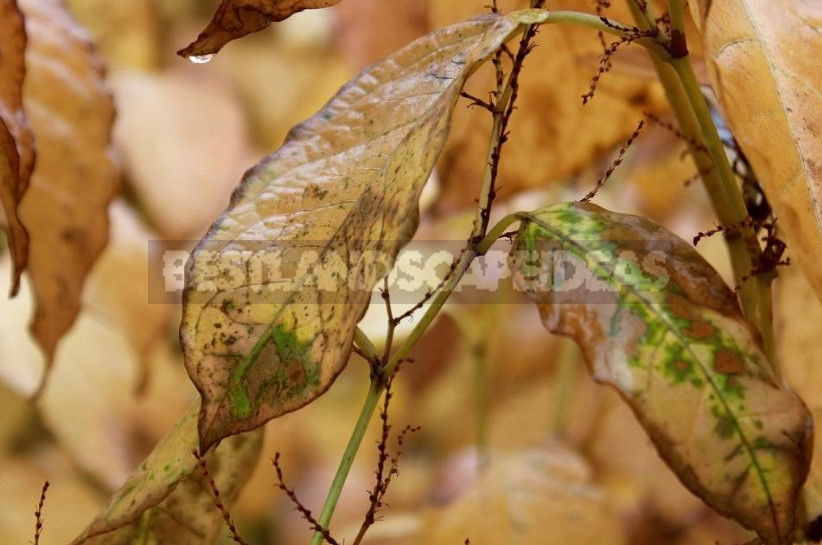
If this happens with other leaves, and even at the same time, the plant is properly watered. Or too hot in the room, and the light is not enough, and even drafts.
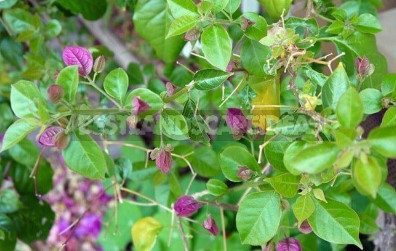
Bougainvillea comes from tropical coastal areas. In winter it requires coolness, the soil in the pot should be dryish, but the crown should be sprayed if the room is heated, otherwise the leaves will turn yellow and fall off. To replace the fallen is expected to grow a new one.
- Why do the tips of the leaves turn yellow?
Two reasons: excess calcium and lack of moisture in the soil.
- Why do the leaves turn yellow-brown?
If you pour water with a high content of calcium and chlorine (often tap water).
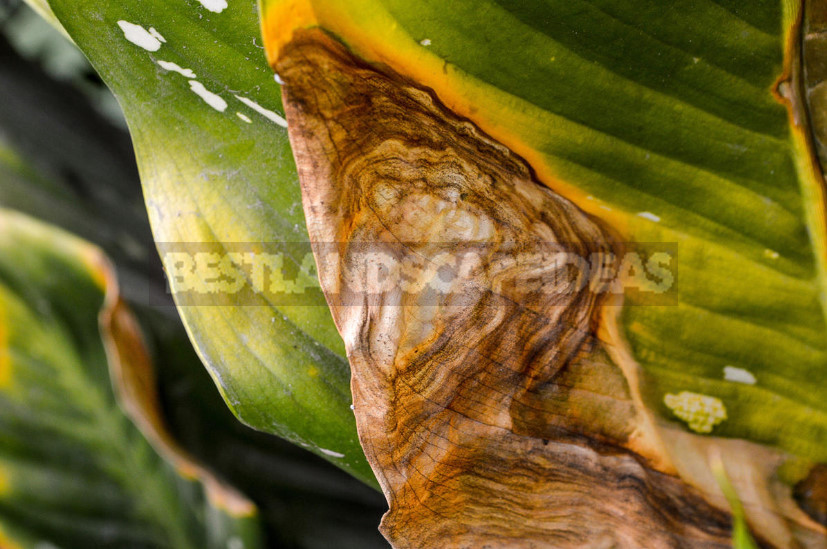
So you can look like the leaves of indoor plants, if irrigation water is hard or with a large number of minerals, and the soil contains quite a lot of them.
- Why does the whole plant turn yellow?
Plants that have a period of winter dormancy naturally turn yellow. This is the preparation for the winter. In other cases, a similar situation is a signal of a problem with the soil: either it is very dry or excessively moist.
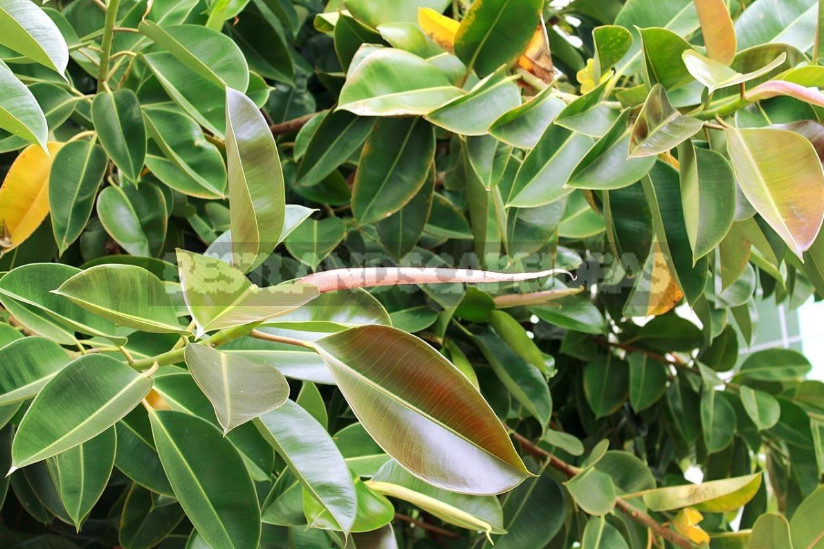
Or the soil is heavy, sometimes so that the root system does not have enough air. Or in the room where the plant is too dry air.
- Why do green leaves hang or fall?
There are several reasons:
- salinization of soil if irrigation water is very hard;
- too much cold water in watering plants;
- the temperature is not comfortable for a particular plant;
- too cold on the windowsill;
- not enough copper;
- infection with fungi or bacteria, they affect the roots and vascular system.
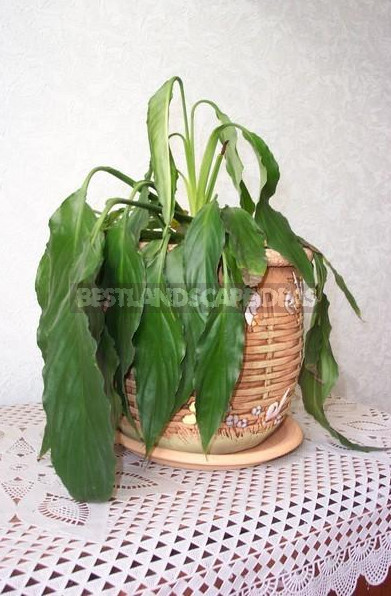
The simplest reason is simply not enough water, perhaps the pot is too small for a plant of this size. In this case, the leaves wither between watering, organized according to the schedule. If the leaves hang in the middle of the day, they do not like too bright light. Summer residents sometimes have to make a shade tomato seedlings on the windowsill for the same reason.
- Why is it suddenly fall leaves?
The plant signals that it is under stress.
This may be a reaction to a too rapid change in temperature with a large drop, or dried soil in the pot. Possible bacterial or verticillate decay. In Ficus Benjamin leaves may fall if you move it to a darker room. People can not visually determine exactly how well the plant is illuminated. Usually intensity is overrated. If you grow unique expensive species, it is necessary to purchase a special device that is able to determine this parameter. It should be remembered that the change in the intensity of lighting the plant will not respond immediately, it will take about 2 months.
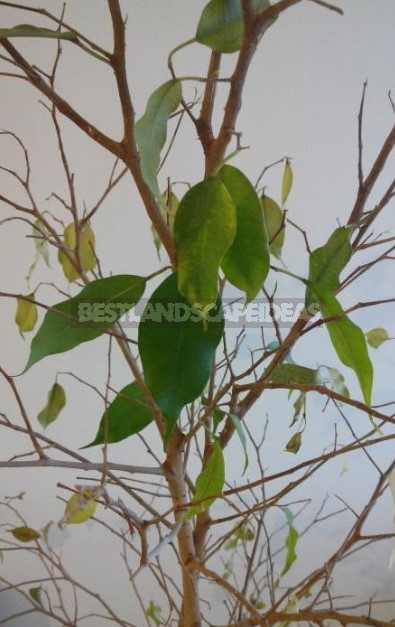
- Why do the leaves curl, become wrinkled or there is necrosis of the leaf tissue between the veins?
In old leaves is caused by a lack of zinc, magnesium or potassium. If so look young, the soil lacks boron, manganese, iron.
- Why do the leaves curl along the veins?
This happens if the young leaves are damaged by aphids, ticks, thrips, worms.
- Why did dense growths appear on the underside of the leaf?
This happens with excessive moisture and poor lighting. This is the reaction of the plant to adverse conditions. If create optimal, then new leaves will grow healthy. To do this, remove the pallets, which accumulates excess water, because not all kinds of love to live in water or stand in it knee-deep. Roots absorb water better when it’s warm.
If during watering the room is cold, the plant will have to store excess moisture, because it can not evaporate it. All procedures have to be fast to the new style of life the plant is necessary to accustom gradually.
- Why do spots of different sizes and shapes appear on the leaves?
This happens when the sheet gets a ray of sunlight. Defeat will be stronger if on a leaf after watering or spraying there were water droplets is a summer option. Winter-cold air during ventilation of the room or a draft, and drops on a leaf plate were. The worst option is infection with viruses, fungi or bacteria.
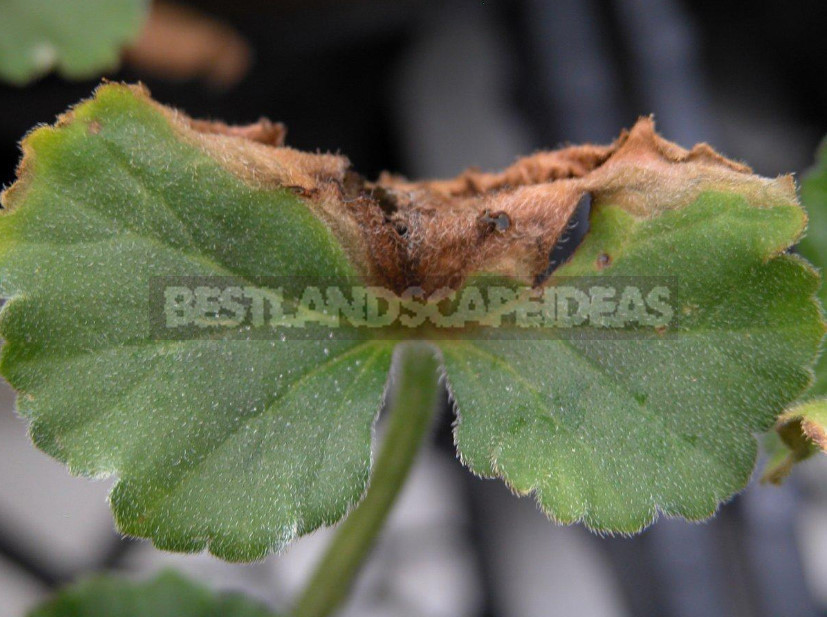
- Why do brown, grayish-white, or oily spots appear on the leaves?
Either fungi or bacteria or leaf nematodes.
- Why there is a dark green variegated?
There are two options. The first is insufficient light or excess nitrogen. The second is virus infection. Likely mottling or broken mosaic.
- Why variegated leaves are solid?
Not enough light. Even new Wallpapers of darker tones can change the illumination of the room.
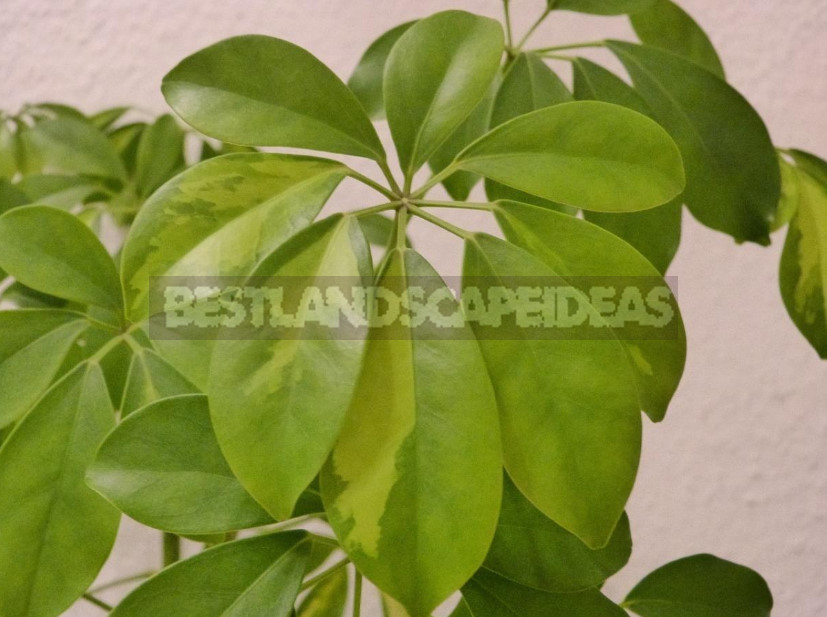
- Why are the leaves the veins remain a normal green color and the tissue between them paled or yellowed, or become whitish?
The soil lacks copper, sulfur and iron.
- Why on the leaves are formed droplets, something resembling glue, and sometimes brown spots with dry areas?
One of the possible reasons – excessive watering: soil lump is too wet, and even more humidity, no ventilation. The second-tandem insufficient lighting and cold room. The third reason is the infection by fungi.
- Why are small dot spots visible on the leaves?
These are thrips, ticks and aphids that pierce the leaf to get to the juice.
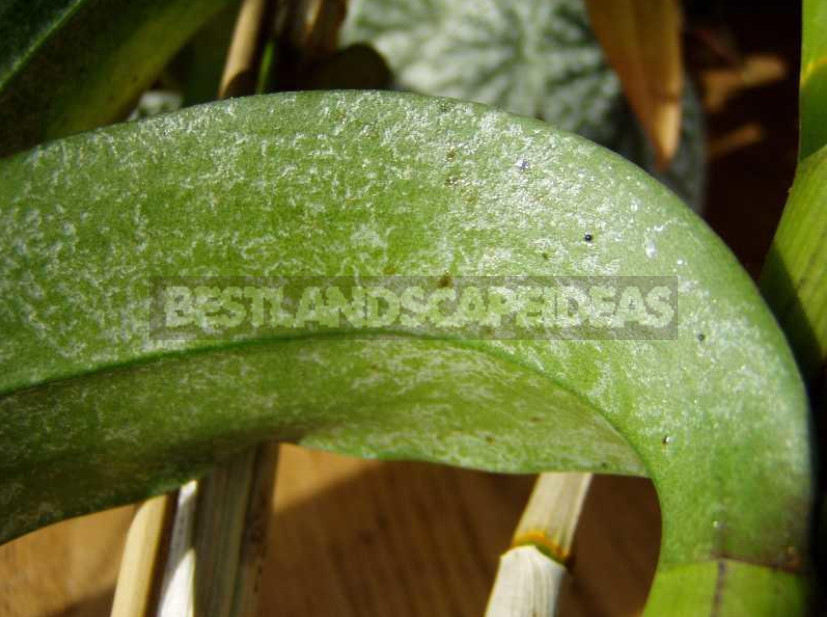
- Why the leaves develop holes and the edges of the leaf blades as if someone gnawed?
Insects and slugs feed on leaves. If at first there is a spot and grows, and only then a hole is formed in its place, then mushrooms are harmed.
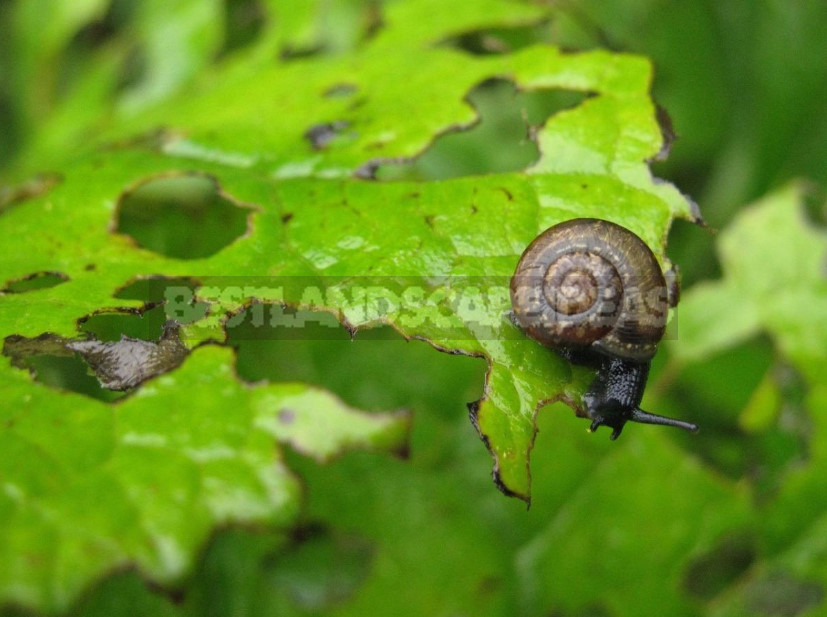
- Why plants do not want to bloom or buds very little?
If this has happened to plants during the winter are in the rest period might have created the wrong conditions of his passing. Another reason is low humidity or excess nitrogen. The third-the lack of optimal temperature and lighting (sometimes indoor crops do not like the length of daylight). And there are individual characteristics of plants. For example, you can not wait for the flowering Gardenia, if after the previous cycle pruning was carried out too late (but next year it will bloom). This applies to other plants, which buds appear on new shoots.
- Why do buds fall off?
Fed not the fertilizers that your plants need, dry air in the room, temperature jumps during ventilation, poor watering, dim light and excess nitrogen – these are the reasons for the fall of buds. For some plants, changing the window sill, that is, climatic conditions, will also affect the fall of buds. Here is an example: Gardenia forms buds at a very narrow temperature range (at night +15…+17°C, day +17…+19°C). If you adhere to these conditions, the plant will bloom safely.
- Why do flowers wither?
Either excess nitrogen, or lack of many nutrients, or too much dryness.
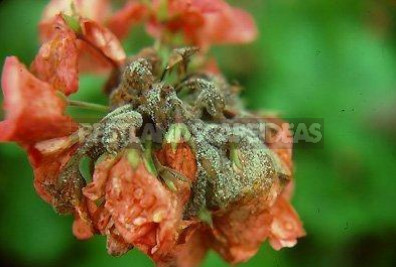
Perhaps the defeat of the mushrooms. For example, in Pelargonium when infected with Botrytis fungus flowers darken and fall prematurely.
- Why are the peduncles shorter than they should be?
There can be several reasons:
- wrong feeding schedule;
- error when selecting soil mixture;
- hunger due to lack of many substances;
- the high temperature during the growth of the buds;
- violation of the parameters of the rest period.
- Why the leaves appeared white film?
This powdery mildew (fungal disease), if plaque on the upper side of the sheet. Or peronosporosis, if it is located on the lower surface of the sheet plate, hardly noticeable.
Adaptability of plants
Houseplants are able to adapt to the living conditions in a particular room, to its not very favorable conditions. In hot July, the plants can enjoy the sun, but they are also on the spring windowsill, when after the winter gloom are under the brightest rays of the sun, can get burns.
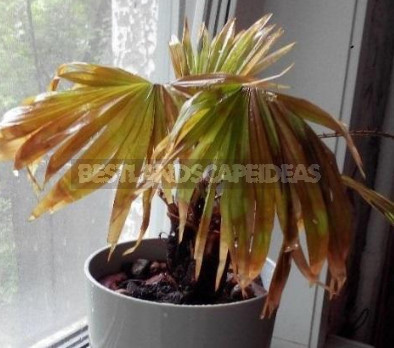
To us, it seems that only sub-zero temperatures can destroy a room. This is not so: for Spathiphyllum +5°C – already frost, and for Pelargonium and Chlorophytum such a temperature-the lower limit of endurance.
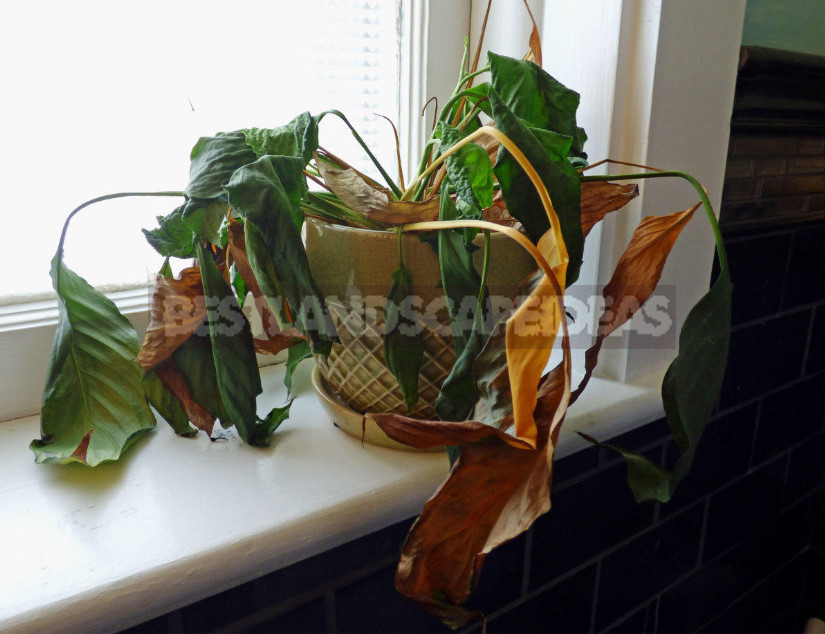
But these abilities are not unlimited, because the plants were in our homes from very different places in the climate. Sometimes they feel good all year, and in the autumn, when the houses include heating, and quite wet autumn air rooms become dry, suffer (and sometimes the leaves are thrown).
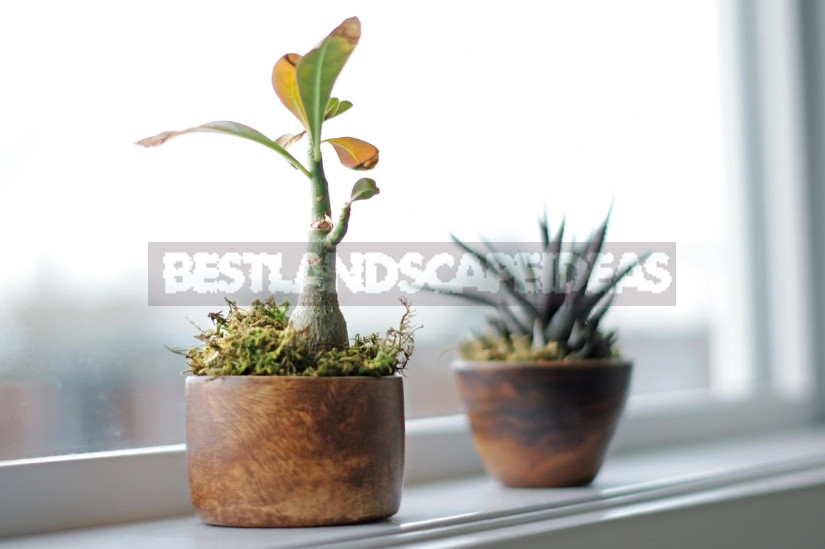
If each indoor plant is provided with optimal living conditions (lighting, temperature, humidity, proper watering and feeding), then there will be no problems at all, or it will be easier to determine their cause.
